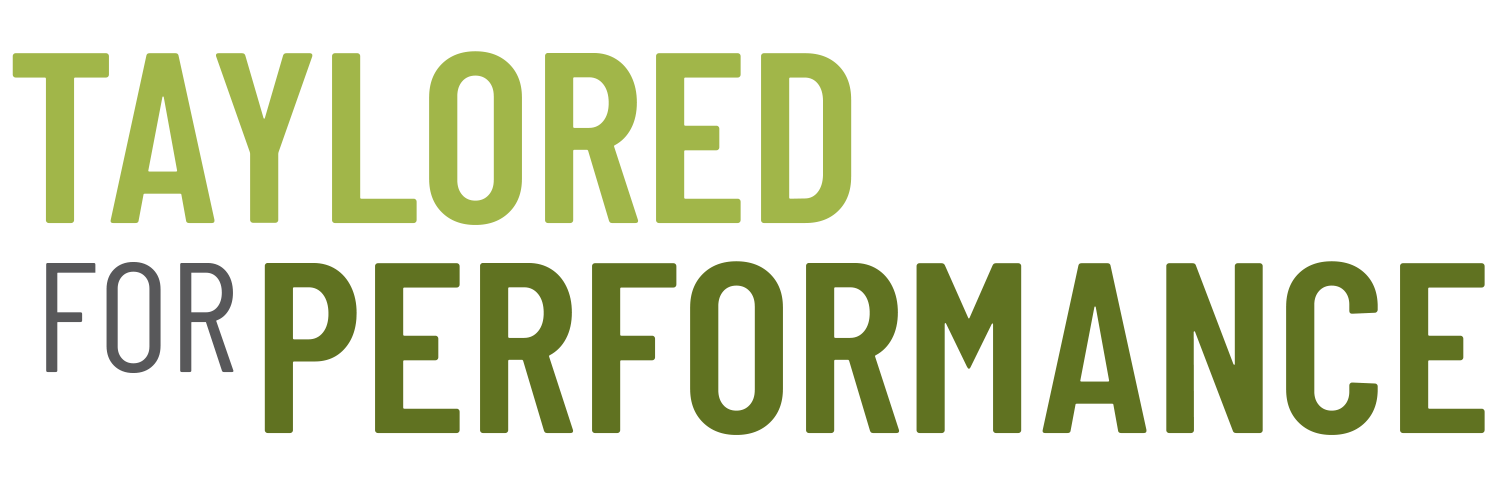Staying Hydrated in the Summer Heat
Staying Hydrated in the Summer Heat
The effects of significant dehydration can take hours and even days to recover. Hydration is important for enhancing the body’s ability to regulate temperature, improving ability to recover from training, minimizing muscle cramping and enhancing cognitive function. ⠀⠀
During the summer heat, when it’s hot and humid, an athlete’s health and performance is significantly challenged. Furthermore, if an athlete is wearing layers of clothing and/or equipment it can prevent loss of body heat, which can lead to exertional heat stress (stroke) resulting in shortened exercise and possibly collapsing during or after exercise.
What’s the difference between heat cramps, heat exhaustion and heat stroke?
Heat cramps: an acute, painful, involuntary muscle contraction that occurs during or after intense exercise
Causes: fluid deficiencies (dehydration), electrolyte imbalances, neuromuscular fatigue
Heat exhaustion: inability to continue exercise associated with heavy sweating, dehydration, sodium loss, energy depletion
Associated with a body core temperature of 101.3-104 ºF (38.5-40 ºC)
Heat stroke: an elevated core temperature (>104ºF [40ºC]), with associated nervous system dysfunction (altered mental status, seizures, coma), organ system failure, and can be fatal
Sports that face these challenges include but not limited to:
Cross-country, marathon running, ultra-endurance events (i.e., ultramarathon, ultra-cyclists, ironman)
Team: baseball, softball, cricket, sand volleyball soccer, rugby, football camps
Individual: tennis, golf, equestrian
Tactical (military) athletes
⠀⠀⠀⠀⠀⠀⠀⠀ ⠀⠀⠀⠀⠀⠀⠀⠀⠀ ⠀
How to adapt to heat?
Heat Acclimatization: the process of being exposed to heat stress about 7-14 days and the capacity to withstand heat stress is improved. Fluid and electrolyte replacement including increasing salt intake during the first few days of heat exposure can improve acclimatization.
Nutritional strategies before, during and after exercise in hot and humid environments:
Pre-exercise:
Consuming cold/icy drinks can cool athletes during exercise
Sodium loading 1-2 hours prior to high-intensity endurance exercise
During: an individualized fluid and electrolyte replacement plan, including drink to thirst and on a planned schedule fluid intake, will need to be applied
Post-exercise:
Consume milk-based drinks along with foods containing sodium
Urine should be clear 2-3 hours post-exercise
Special consideration and recommendation need to be taken into account with:
Ultra-Endurance Athletes
Young Athletes (children and adolescents)
Master (older) Athletes (typically older than age 35)
Para-Athletes
Interested in improving your hydration, want your own hydration plan or have questions, contact us.

